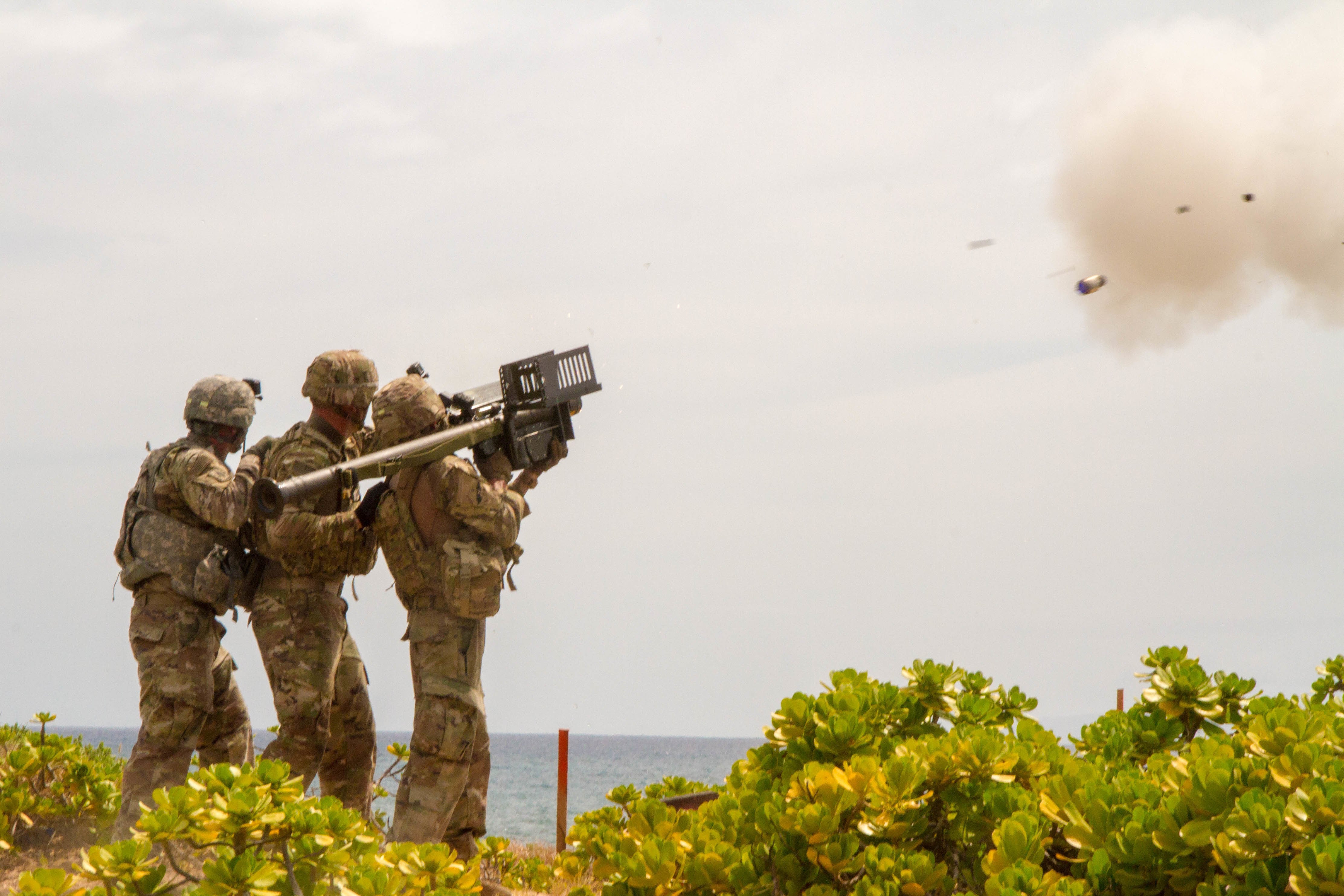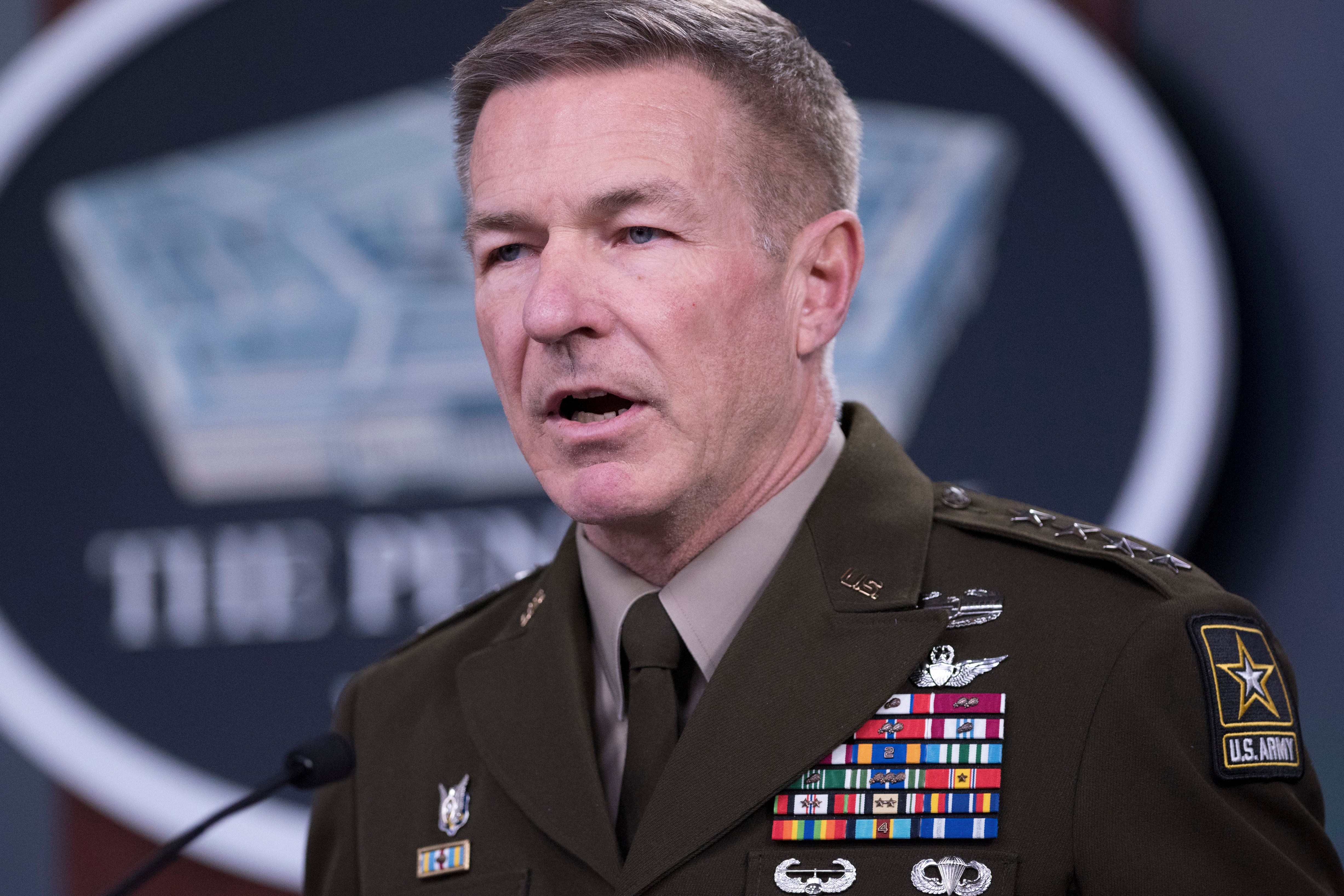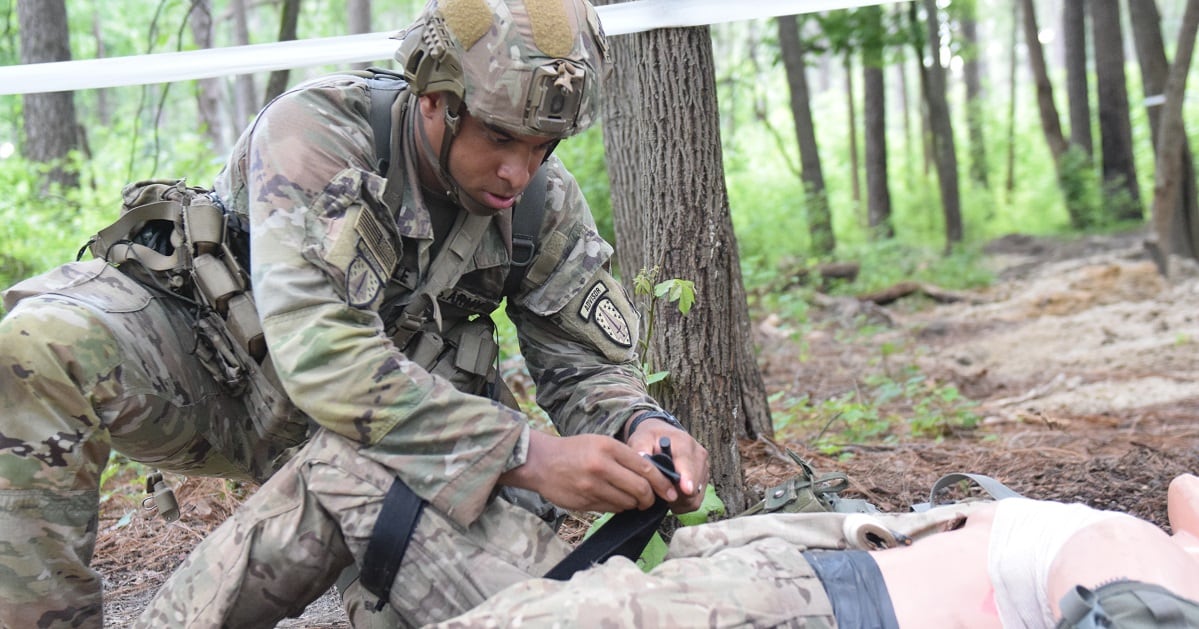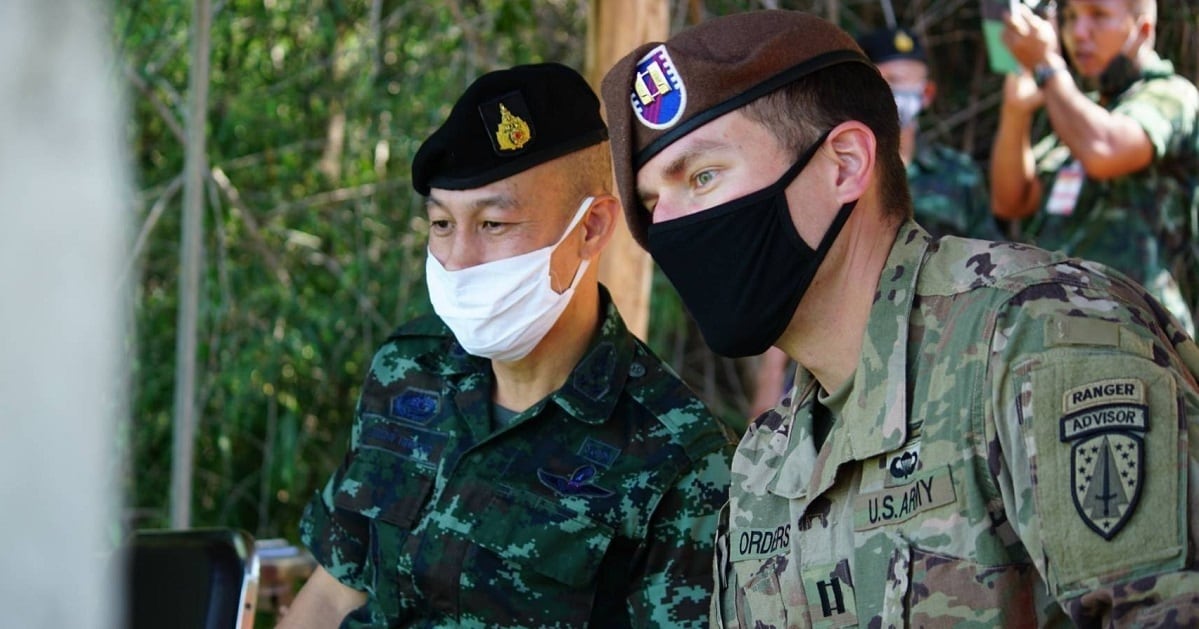The Army wants to be in both the front yard and backyard of every major adversary, inside its weapons ranges with nimble new platforms and units, acting as the pivot point and deciding force in any conflict in which the U.S. may be involved, from small skirmishes to large-scale combat.
The service’s top general expects his Army to deliver a force package purpose-built around the Army’s transformation into a multi-domain warfighting organization.
Army Chief of Staff James C. McConville lays out his plan to get the Army to that goal by 2035 in an unclassified paper, “Army Multi-Domain Transformation,” released Tuesday.
RELATED

“The Army is boldly transforming to provide the Joint Force with the speed, range and convergence of cutting-edge technologies that will be needed to provide future decision dominance and overmatch for great power competition,” he said in a statement.
He sees the new approach as viable, whether on a Pacific island or in the center of the European continent, because it presents “a key operational problem for adversary sensing and targeting.”
“Put simply, land forces are hard to kill,” McConville wrote.
The paper references the U.S. Indo-Pacific Command specifically, noting the need for Army forces to be inside the region’s first island chain, which sweeps down from Japan to Taiwan, along the western edge of the Philippines to the northern portion of Indonesia.
There, the Army expects to have in place light multi-domain forces with operational and strategic range fires, including anti-ship, anti-aircraft and surface-to-surface missiles.
But the paper also includes efforts that span the globe to put the Army into the mix of the fight, wherever it might arise.
“The Army scenario will be global in focus. Peer adversaries are global actors that have global pressure points,” McConville wrote.

The paper highlights the Army’s “Global Landpower Network,” which stretches across the continents with alliances and treaties, partner training, counterterrorism, communication networks, missile defense emplacements, partnership programs and ongoing security and combat operations.
New formations — and adjustments to existing formations — feature prominently in the next wave of Army priorities.
The five active-duty security force assistance brigades have their alignments, one to each of the combatant commands, and a sixth, an Army National Guard SFAB, will reinforce them or take on additional missions.
A multi-domain task force focused on the Pacific and headquartered in Joint Base Lewis-McChord, Washington, is one of five planned MDTFs — two for the Indo-Pacific, one for Europe, one for the Arctic and one for global response.
The Army has already regionally aligned its corps headquarters, and by next year all of its divisions will be similarly aligned.
More region-specific work is forthcoming as the Army develops plans with the geographic combatant commanders, as it did with the 2020 calibrated force posture approach it took in “Transformation of Land Power in the Indo-Pacific.”
But Cold War-era big bases at the doorstep of Russia or China are not what’s envisioned for an Army presence.
The Army looks to provide “scalable and tailorable” forces to meet any threat in any theater.
Those forces must be highly mobile, survivable and unpredictable, according to the transformation plan. That will require “turn-key or warm start sites” that let the Army maneuver “without incurring the cost and host nation imposition of traditional basing or permanence.”
The paper does not spell out specifics of what that might look like, instead describing the posture as ready to “host low-signature forward capabilities on a more ambiguous, distributed and difficult to target infrastructure.”
McConville and his headquarters are leaning on recent joint wargaming for their decisions. Though the details are not shared in the unclassified paper, the outlines it shares show that multi-domain operation concepts have been successfully used in the wargames and the value of using “inside forces” that are ready before a conflict emerges.
The paper describes how the multi-domain approach will be used in three major phases: competition, crisis and conflict.
In competition, the Army must remain operationally available but at the same time expand its land power network through existing and new ally and partner relationships, assured power projection, which includes building theater sustainment.

If a crisis arises, the Army must be in constant contact in all domains, giving joint commanders continuous surveillance and reconnaissance.
By having its formations already in place, the Army expects to threaten adversaries with the ability to escalate the encounter and impose costs that would cause them to consider the risks before making any moves.
With its new approach, the Army expects to be in theater so that it can sustain the fight, building faster, more survivable sustainment nodes by 2035. Leaders also want systems to give them deep-strike and overmatch capabilities that would emerge victorious in any potential large-scale combat scenario.
One of the more detailed sections of the paper covers how all of these moves will expand the battlespace.
That expansion gives the Army a way to maneuver both inside and outside of the immediate contact layer with an enemy, according to the paper.
The inside forces will be poised to run ongoing cross-domain maneuvers, allowing forces to flank and turn, repositioning themselves at an advantage.
“Army forces in distributed forward positions will attack by strikes and raids across intra-theater lines of operation to create operational mobility corridors,” according to the paper.
At the same time, the Army plans to keep enemy backup forces from the fight through a multi-domain attack, allowing additional joint forces to come in for the knockout blow.
But that’s not all.
“… the Army will provide ‘outside forces’ at the strategic and theater-level that will have the capability and capacity to secure global key terrain, strategic chokepoints, lines of communication, threaten an adversary strategic flank, or hold their interests at risk,” according to the paper.
Todd South has written about crime, courts, government and the military for multiple publications since 2004 and was named a 2014 Pulitzer finalist for a co-written project on witness intimidation. Todd is a Marine veteran of the Iraq War.




